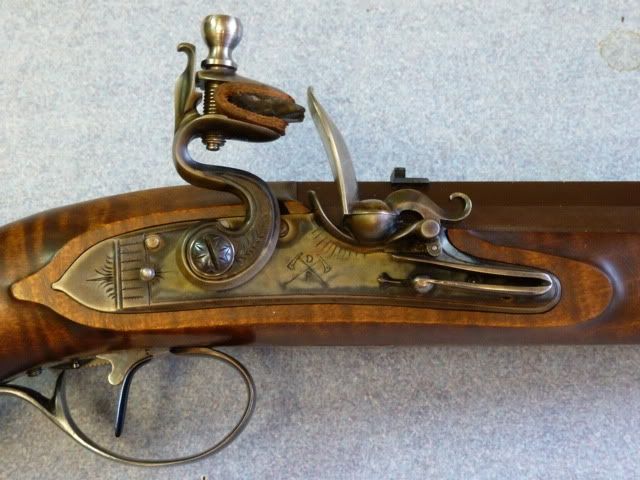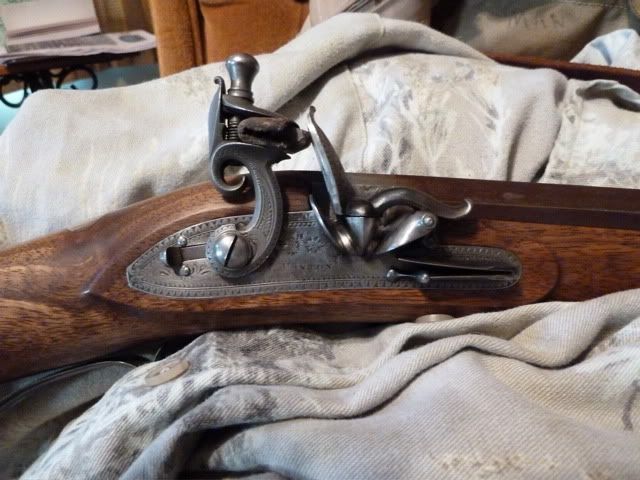- Joined
- Dec 25, 2011
- Messages
- 9,335
- Reaction score
- 4,514
I too had to heat and bend the cock at a greater downward pointing angle to get any spark generation along with Kasniting the frizzen three times, increasing the cock travel and strengthening the main spring..Just kept at it until finally the incremental combination of things finally caused it work.
In thinking about it though I'm sure that bending the cock angle to far forward will make it break flints faster and cause spark generation to begin to diminish. It will also make the top of the cock jaw hit the frizzen at the bottom of the travel as the flints wear short. Mike D.
In thinking about it though I'm sure that bending the cock angle to far forward will make it break flints faster and cause spark generation to begin to diminish. It will also make the top of the cock jaw hit the frizzen at the bottom of the travel as the flints wear short. Mike D.






